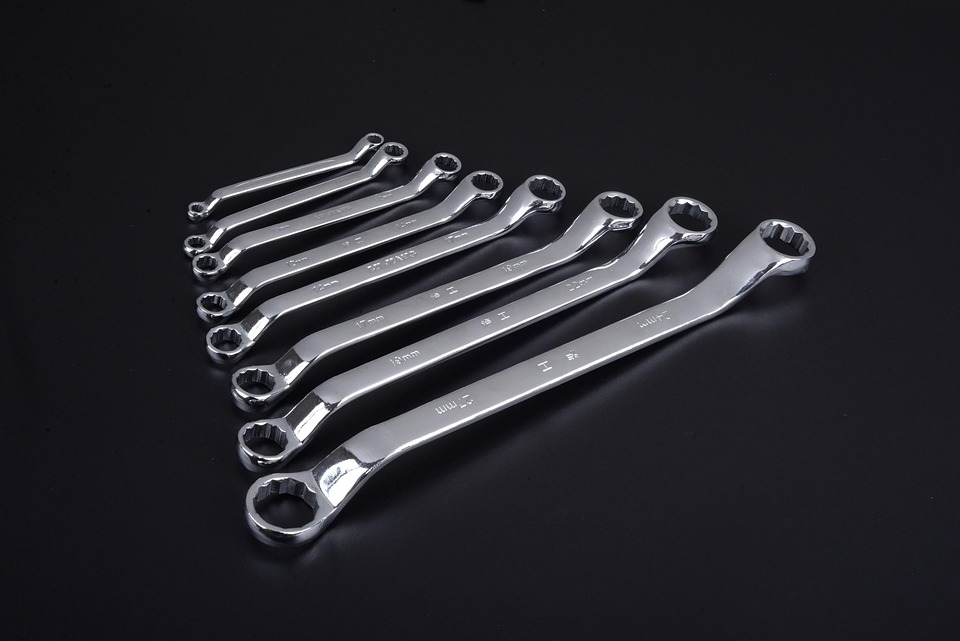Upgrading your PC or building one from scratch can be an exhilarating yet daunting task. The potential for enhanced performance, increased storage, and superior graphics brings many enthusiasts to the world of custom builds and upgrades. However, one essential aspect that can make or break your project is hardware compatibility. In this guide, we’ll delve into the vital aspects of understanding hardware compatibility to ensure your systems run smoothly and efficiently.
1. The Basics of Hardware Compatibility
Hardware compatibility refers to the ability of different components in a computer system to work together without issues. This includes ensuring that your CPU, motherboard, RAM, graphics card, storage, and power supply unit (PSU) are all compatible with each other. Here are the key components to consider:
a. Central Processing Unit (CPU)
The CPU is often considered the brain of your computer. When selecting a CPU, you’ll need to ensure that it is compatible with your motherboard’s socket type (e.g., AM4 for AMD or LGA 1200 for Intel). Beyond socket compatibility, pay attention to the motherboard’s chipset, as older chipsets may not support newer CPU models.
b. Motherboard
The motherboard acts as the backbone of your system, connecting all components. When choosing a motherboard, consider:
- Socket Type: Ensure it matches your CPU.
- Form Factor: Types like ATX, Micro-ATX, and Mini-ITX affect your case selection.
- RAM Slots: The number and type (DDR4, DDR5) should align with your intended RAM modules.
c. Random Access Memory (RAM)
RAM compatibility can be tricky. You’ll want to check:
- Type: Ensure it matches your motherboard (e.g., DDR4 or DDR5).
- Speed: While most motherboards will support a range of speeds, running RAM at its maximum rated speed often requires enabling XMP profiles in the BIOS.
d. Graphics Card
A powerful GPU can dramatically enhance performance for gaming and graphic design. Consider:
- PCIe Version: Newer GPUs may run on PCIe 4.0, but are often backward compatible with PCIe 3.0 slots.
- Physical Space: GPUs vary in size, so ensure it fits within your case.
- Power Requirements: Check the PSU requirements for the GPU, including the necessary connectors.
e. Storage Solutions
Both SSDs and HDDs come in different interfaces (SATA, NVMe) and form factors (2.5”, M.2). Make sure your motherboard has the appropriate slots and interfaces to support your intended storage drives.
f. Power Supply Unit (PSU)
Your PSU needs to provide enough wattage to support all your components.
- Wattage: Use online calculators to estimate your needed wattage.
- Connectors: Ensure it has the required connectors for the motherboard, CPU, and GPU.
2. Compatibility Tools and Resources
To aid in your compatibility checks, several online tools can simplify the process:
- PCPartPicker: This website allows you to select components and alerts you to incompatibilities.
- Manufacturer Websites: Dell, HP, and others often provide lists of compatible parts for their systems.
- Forums and Communities: Platforms like Reddit (r/buildapc) are invaluable for advice from fellow enthusiasts.
3. Common Pitfalls to Avoid
Here are some common mistakes to watch out for:
- Ignoring Spec Sheets: Always refer to the manufacturer’s specifications, as they have precise compatibility guidelines.
- Underestimating PSU Needs: Many build failures stem from inadequate power supplies.
- Ignoring Cooling Requirements: Ensure your case has adequate airflow, especially if you choose high-performance components.
4. Future-Proofing Your Build
When upgrading or building a new system, consider future-proofing to extend its lifespan:
- Choose a Modular PSU: A modular design allows for better cable management and upgrades.
- Opt for Expandability: Select a motherboard with extra RAM slots and PCIe slots.
- Stay Within the Latest Standards: Using current-generation hardware often ensures longevity and compatibility with future upgrades.
Conclusion
Understanding hardware compatibility is crucial to a successful PC upgrade or build. By researching components, utilizing available resources, and being mindful of common pitfalls, you can create a system tailored to your needs that is not only performant but also resilient to future advancement in technology. Whether you’re a first-time builder or a seasoned veteran, maintaining a comprehensive understanding of compatibility will empower you to build an exceptional machine. Happy building!



